Description
Pierre Fatumbi Verger is considered one of the most outstanding photographers of the twentieth century as well as a recognized researcher in the field of African Diaspora and religion studies. Verger traveled to the United States of America in 1934 and 1937, during the Great Depression, producing a collection of stunning images that document the national symbols that configure American identity and the challenging social and economic atmosphere of the time. Verger was able to capture with great sensibility the complex cultural and racial diversity of the country where many citizens still confront segregation and poverty, while struggling to live a better life. Verger´s photographs constitute an extraordinary contribution to our understanding of the 1930´s in the U.S., and to the growth of photojournalism, documentary and artistic photography, representing the world from new and enriching perspectives.
In the introduction, Javier Escudero Rodríguez frames Verger´s significant contribution to modern photography as well as the lasting relevance of this new collection of iconic images of the Great Depression. The 150 images included in the book, the majority of them never published before, were selected among 1110 negatives, after a meticulous research from Verger´s archive at the Pierre Verger Foundation in Salvador.
Pierre Verger (Paris, France 1902 - Salvador, Brazil 1996) is widely regarded as one of the most important photographers of the twentieth century. Between the 1930's and the 1960's, Verger photographs appeared in Paris-Soir (France), Daily Mirror (England, Match (France), LIFE (U. S.), O Cruzeiro (Brazil), La Prensa (Argentina), and Unesco Courier (United States), and in the photographic books he published about different European, Asian, African and American countries. In 1937, two of his photographs were shown at the historical exhibit "Photography 1839-1937," organized by M.O.M.A. in New York.
Verger photographed some of the most renowned figures of his time, such as Chang Kai Chek, Diego Rivera, Leon Trotsky and Ernest Hemingway, but the majority of the time he preferred, rather, to focus on the lives of common people and workers, and more specifically on the cultural and religious traditions of indigenous populations and African descendants around the world. In the last thirty years of his life, Verger worked as an ethnographer, studying the economic, cultural, and religious exchanges between Africa and the Americas-- due primarily to the slave trade--, as shown in his principal works. Sorbonne University conferred upon him a doctorate degree in 1966.
Verger's innovative work and significant contributions to modern photography were unjustly overlooked for some time because he stopped photographing in the 1970's, he lived outside the main centres of dissemination of photography, and in many cases his themes were considered non-canonical.
Between 1985 and 2020, Pierre Verger's photographs were exhibited in prestigious museums and galleries around the world, were published in several book editions and received unanimous critical acclaim. After his death in 1996, the Pierre Verger Foundation organized a large exhibit of his work, O olhar viajante de Pierre Fatumbi Verger, that toured different Brazilian cities between 2002 and 2005, earning critical recognition. In 2004, the Museum of Ethnology in Berlin presented the exhibit Blacks God in Exile, with photographs of Pierre Verger and Mario Cravo. Later, in 2005, the Jeu de Paume gallery, in Paris, exhibited Pierre Verger 1933-1950. Then, the Pierre Verger Foundation showed some new exhibits, like O Brasil de Pierre Verger, in three major Brazilian cities - to mention just a few exhibits.
The Pierre Verger Foundation (www.pierreverger.org.br) is located in an underprivileged area of Salvador (Brazil), known as Vila America, in the house where the artist once lived for many years. The Foundation maintains the photographic archives of the photographer (with 62,000 negatives), his personal papers, and a specialized library on his works. In addition, the Foundation organizes several courses and workshops to benefit kids from the surrounding community through the Centro Cultural Pierre Verger.
Javier Escudero Rodríguez, born in Avila, Spain (1960), got his Ph.D. in Spanish and Latin American Literature in the University of Virginia in 1992. Javier worked as an Assistant & Associate Professor of Spanish at Penn State (1992-2006) and published books on Juan Goytisolo, Américo Castro and Rosa Montero, in addition to participating in over 30 universities and international conferences in the U.S., Spain, Brazil and other countries. Between 2001-2003, Javier was appointed Director of the Instituto Cervantes of Rio de Janeiro - a diplomat position, and in 2006, he and his wife, Patrícia Burgos, founded Brazil Cultural and moved to Salvador, Bahia. Since then, they have brought to Brazil, Argentina, Spain, Morocco and Portugal over 60 educational and cultural groups and have developed a unique study abroad methodology that directly benefits social and educational projects.
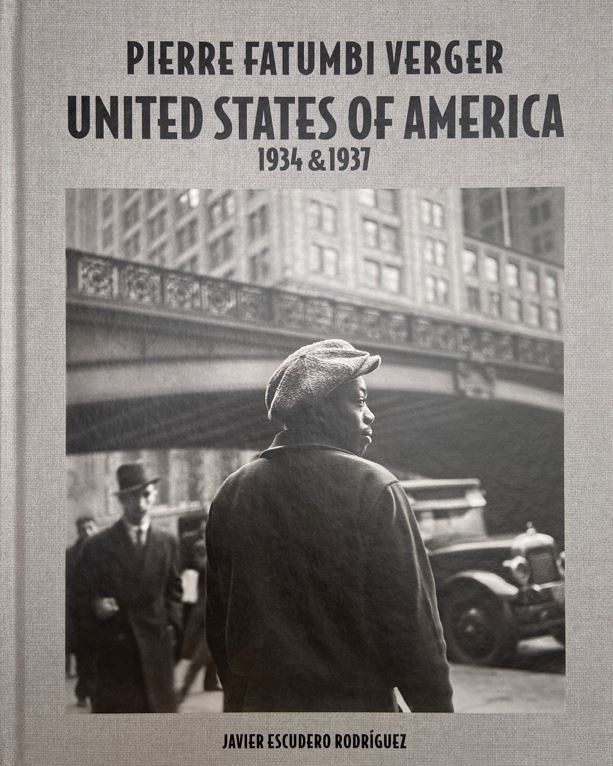
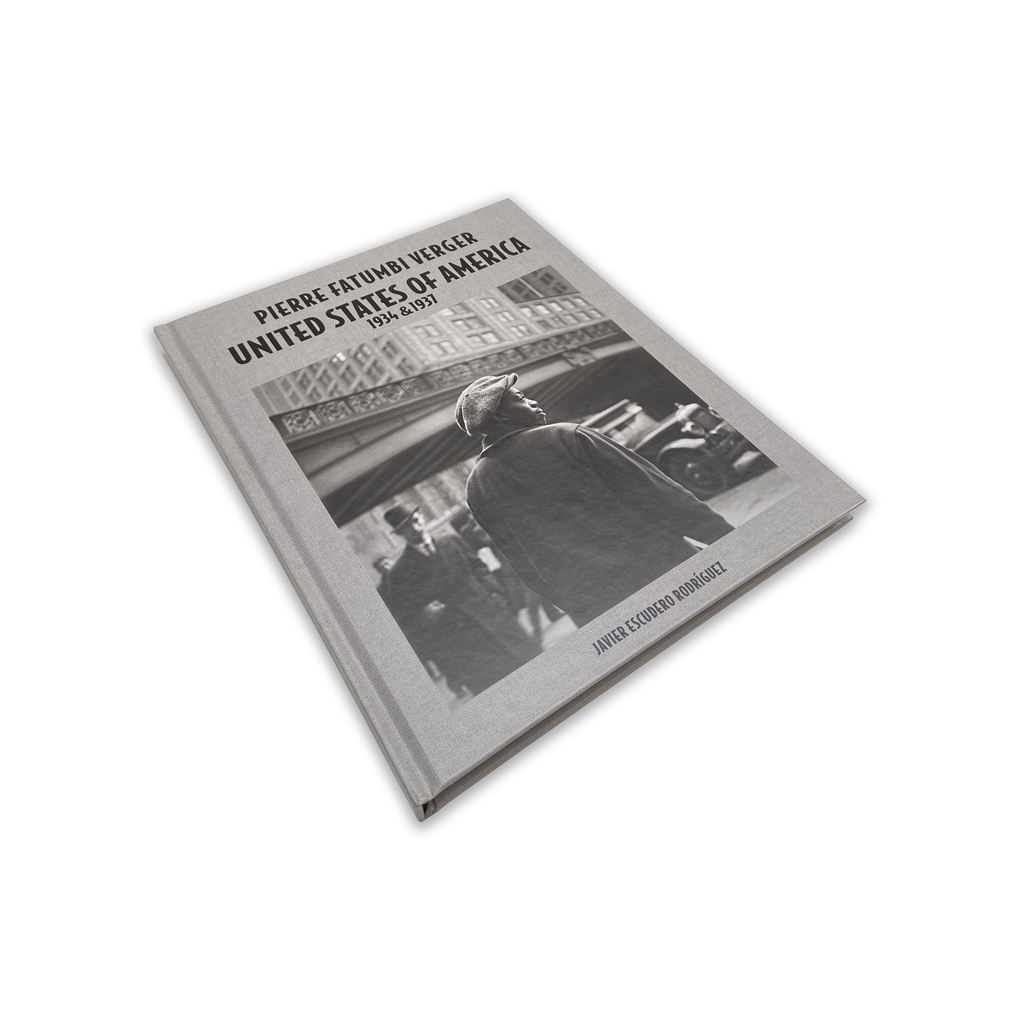
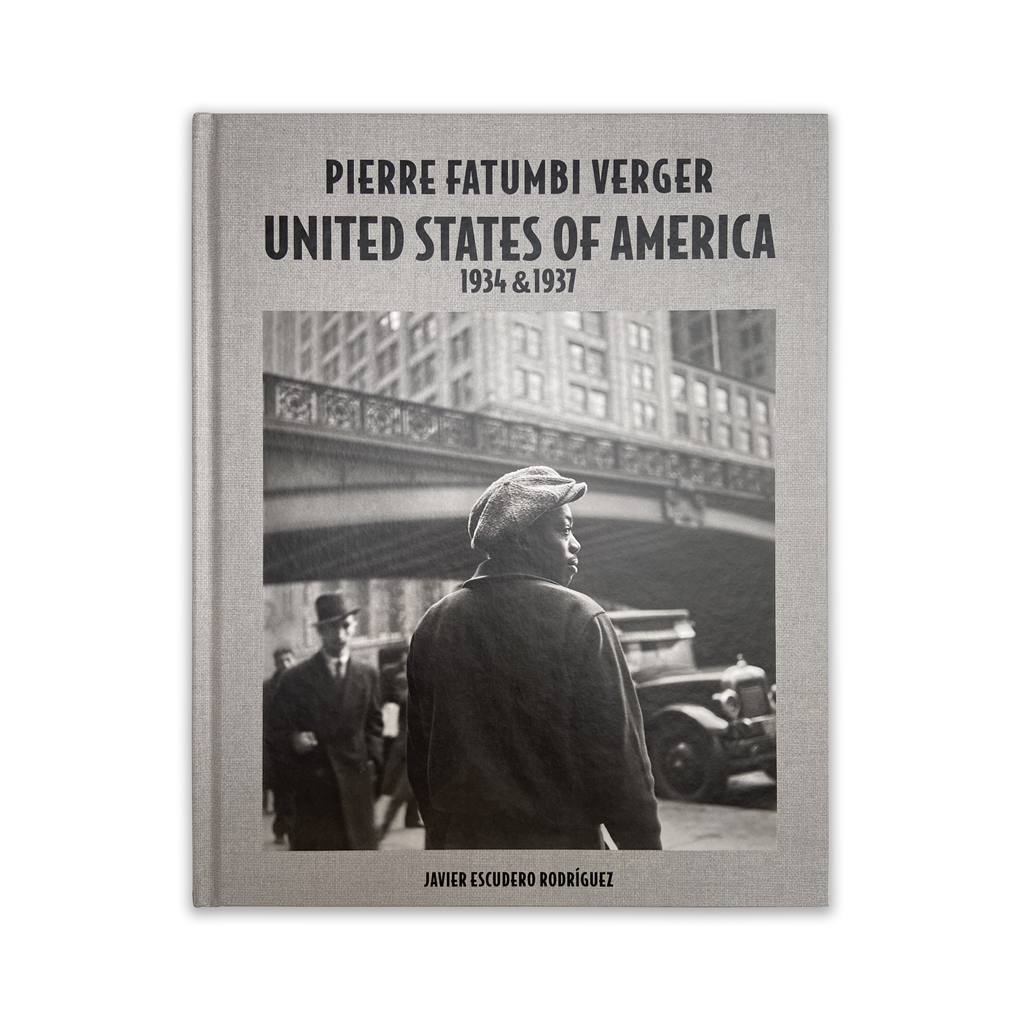
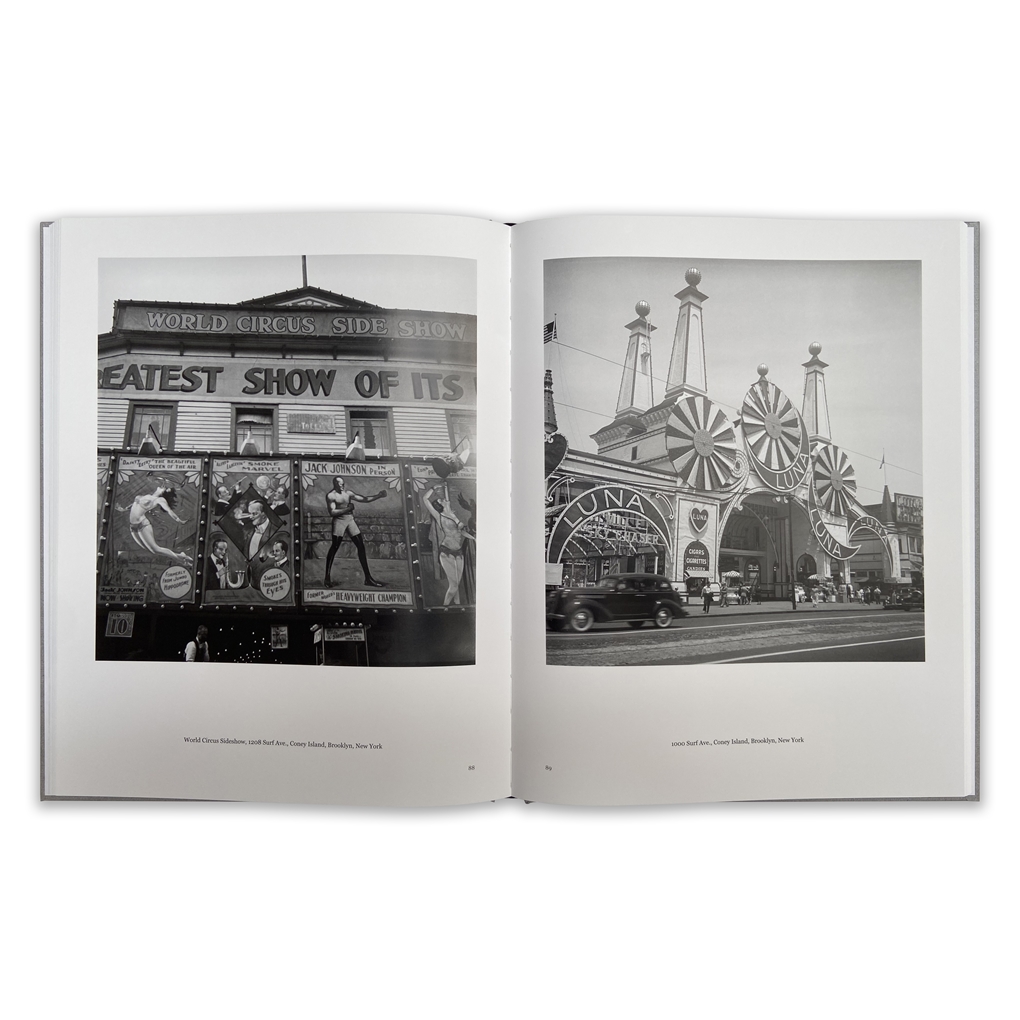
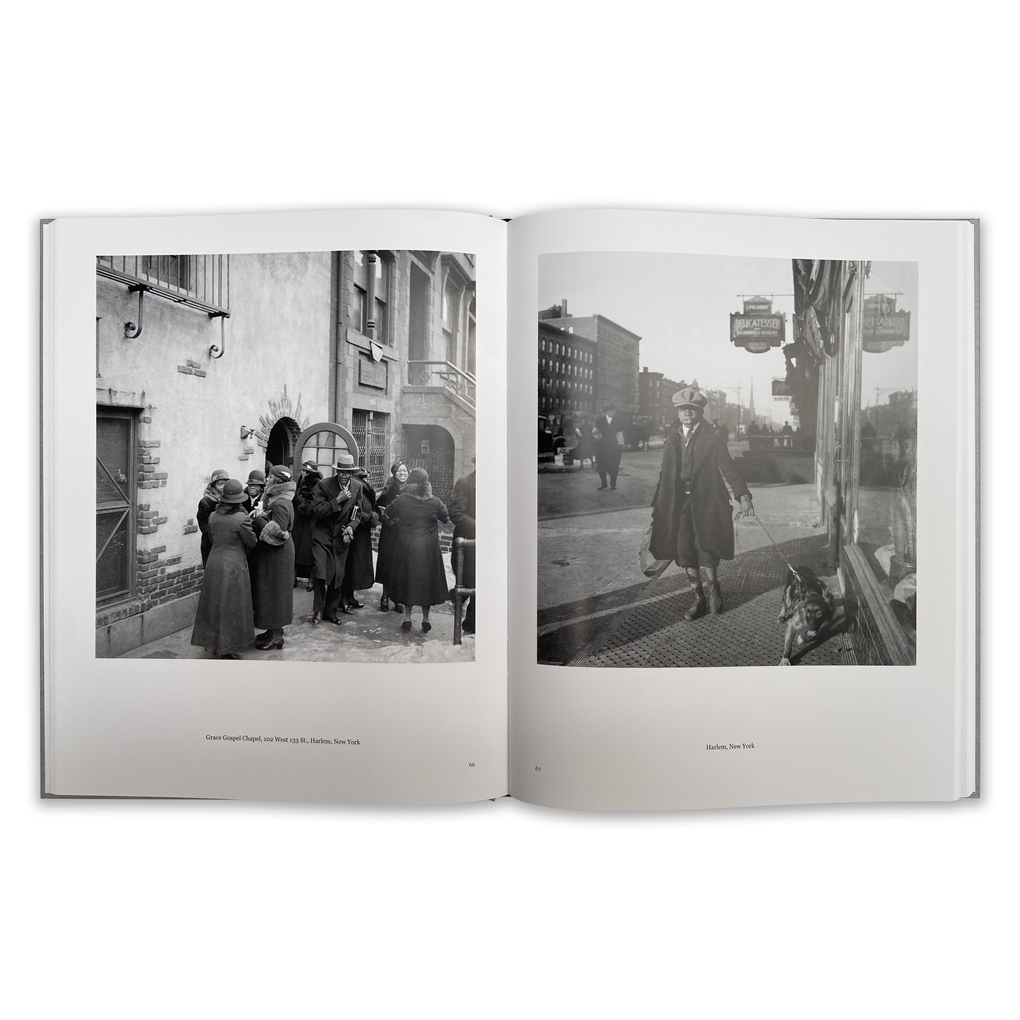
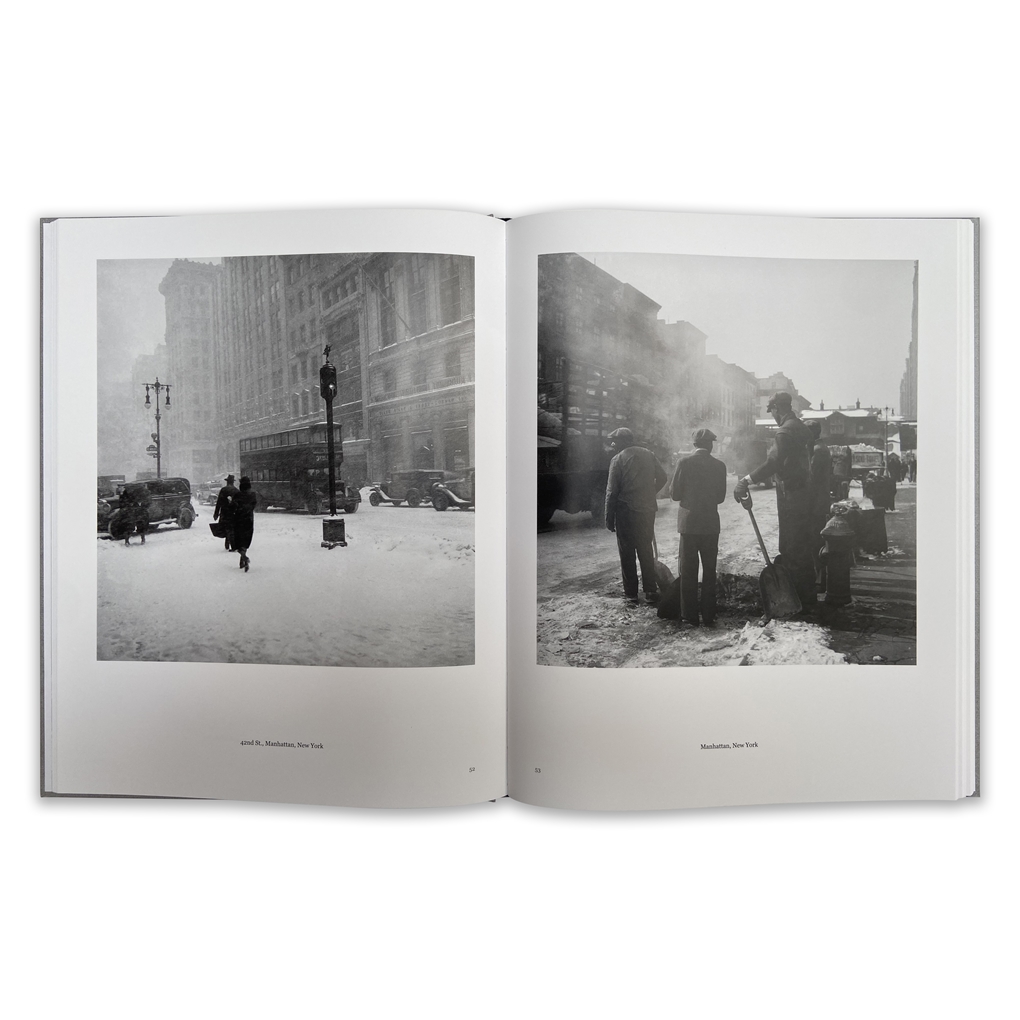
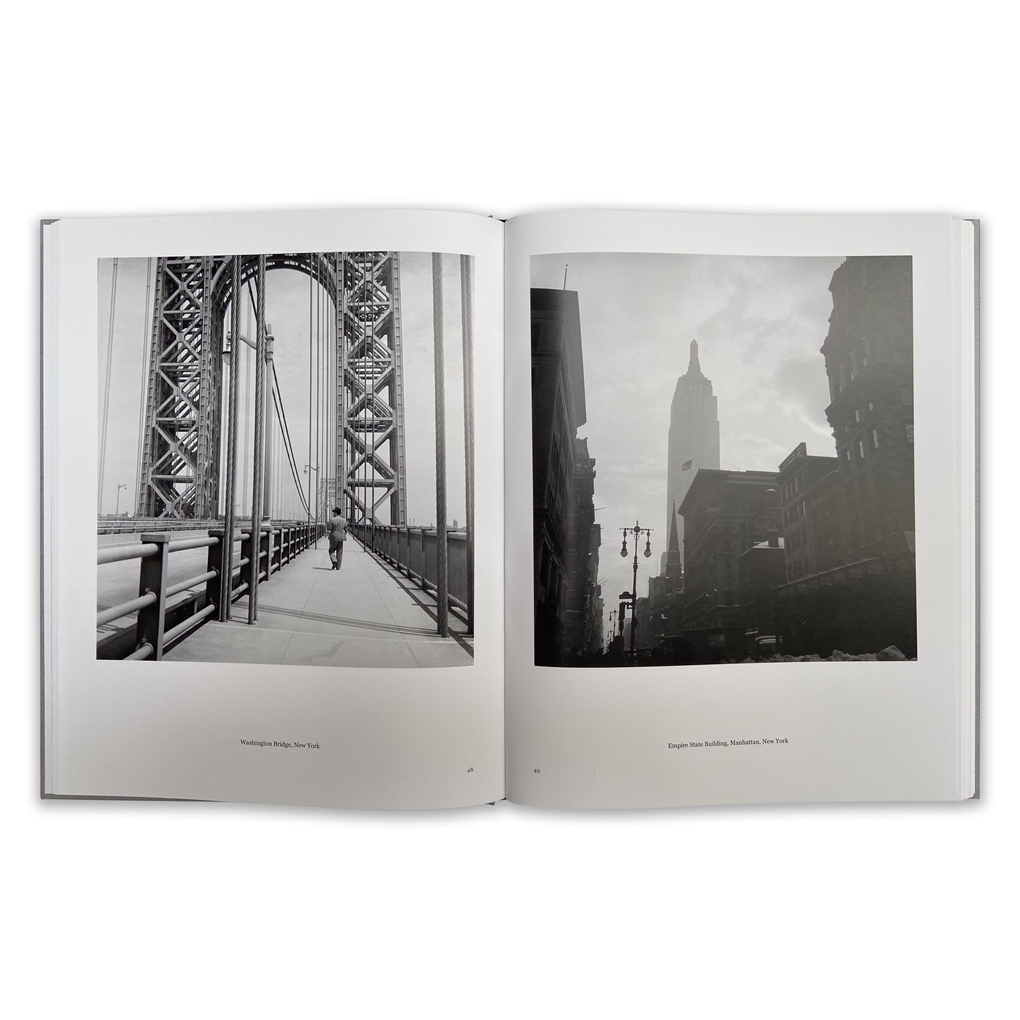
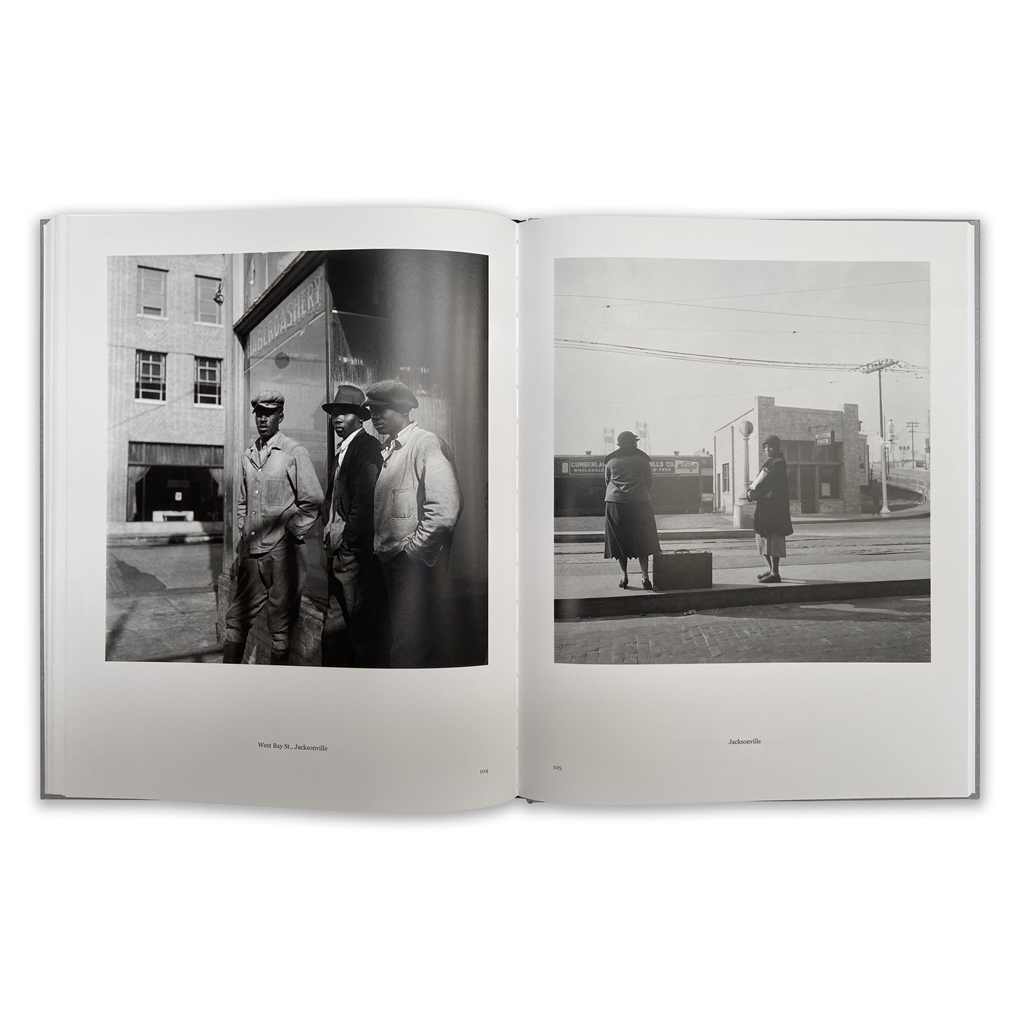
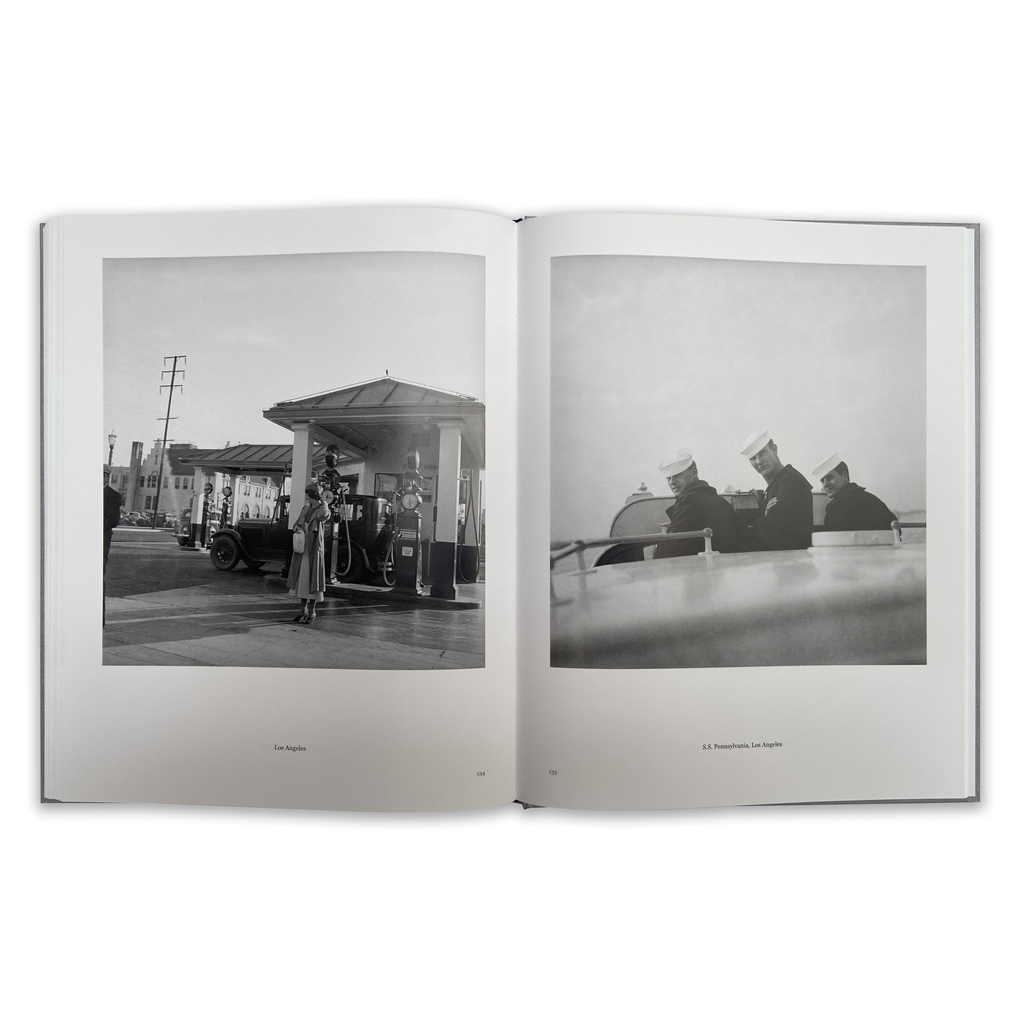
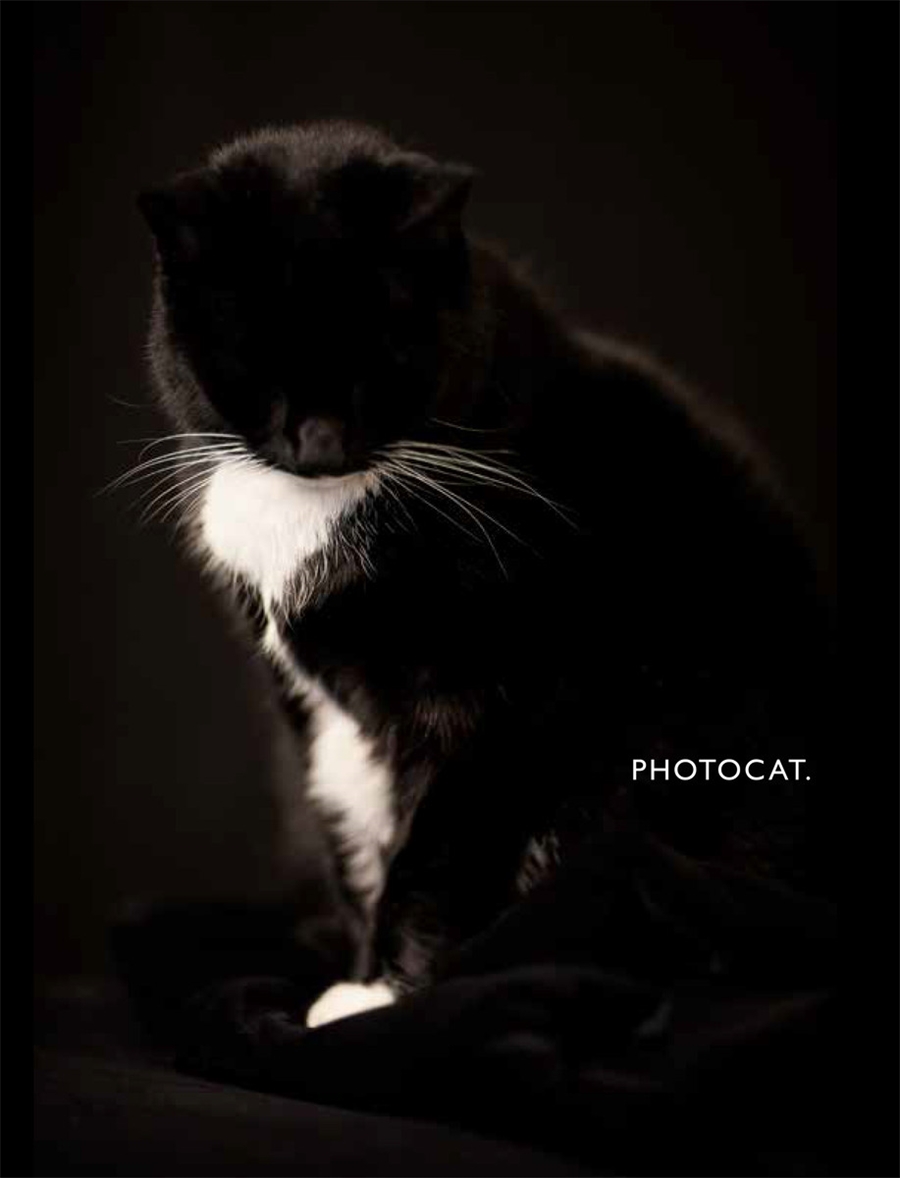
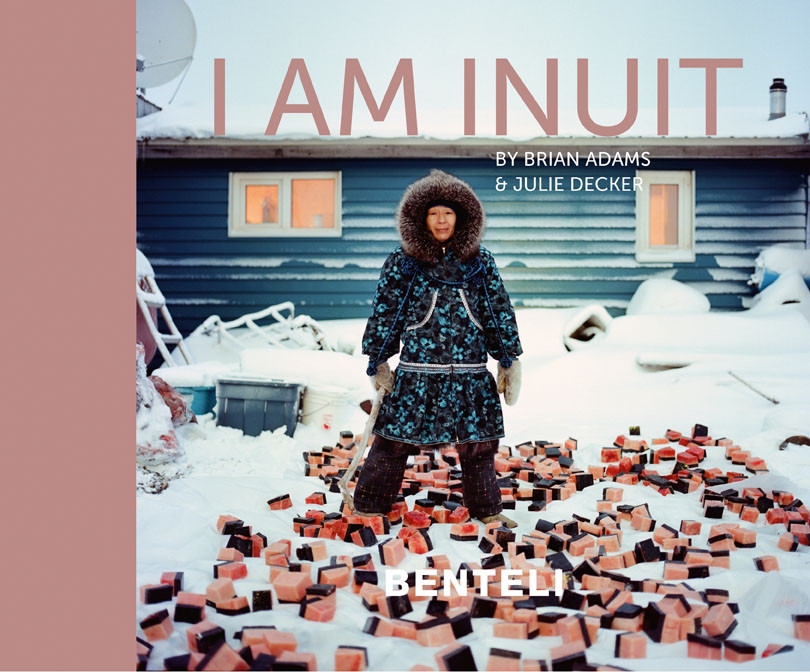
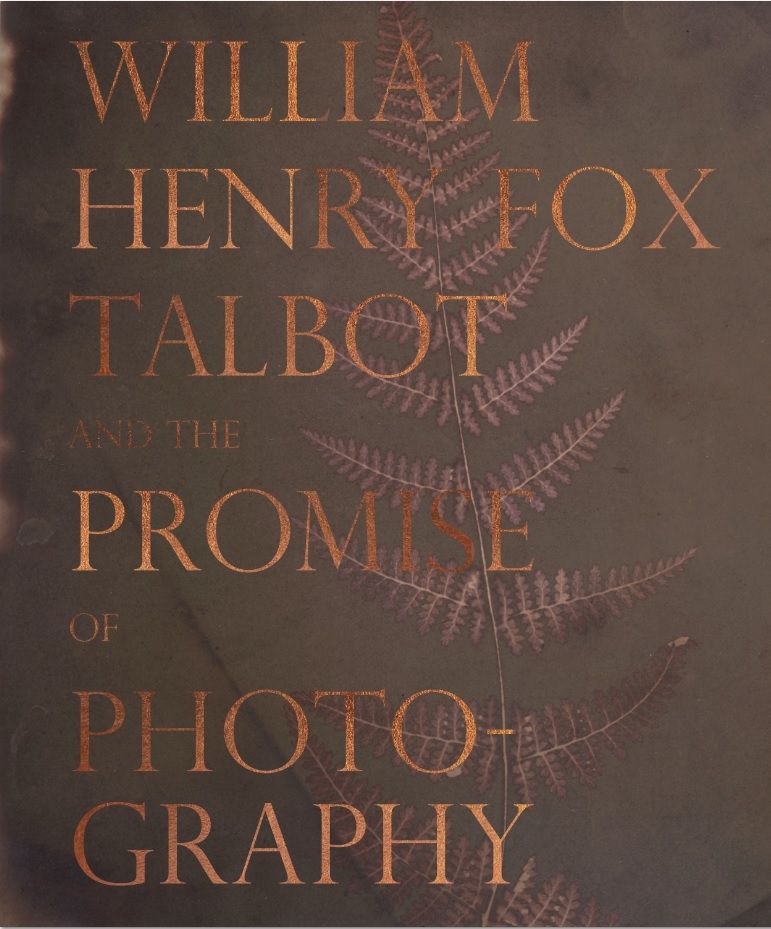
Reviews
There are no reviews yet.